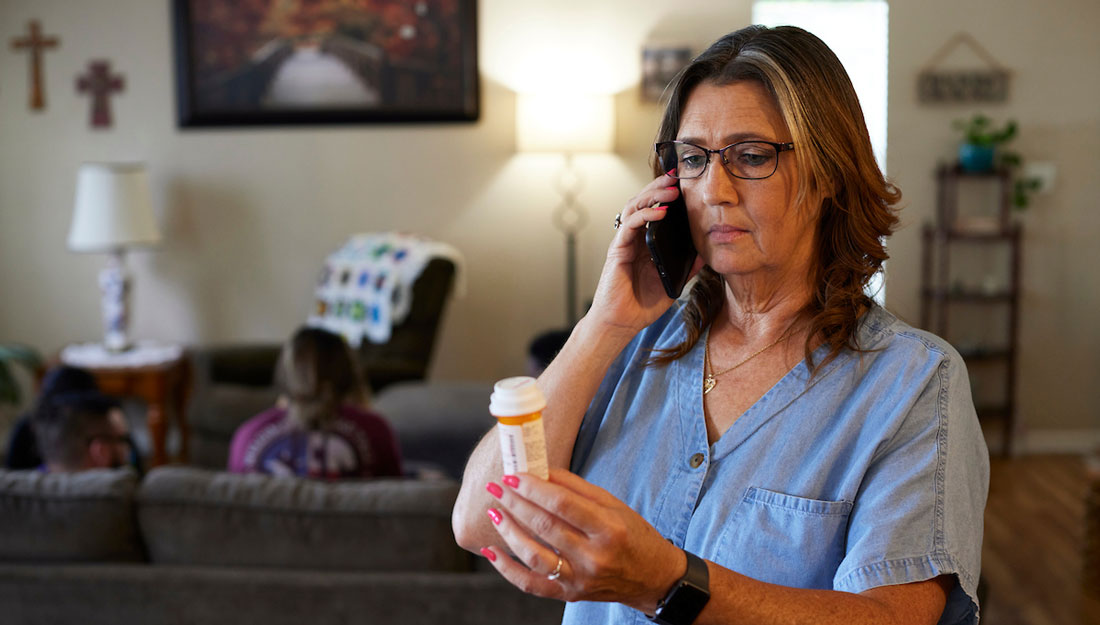- Dominic Hernandez
- Healthy Living, Nursing, Show on VR homepage, Trending
What causes nosebleeds and how to stop them
Everything you need to know to keep your runny nose from becoming a bloody nose

They seem to happen at random. It could be a sunny day at work or school when, all of a sudden, you notice a few drops of blood on your desk. It can be a frightening few seconds because blood is a common indicator that something is very wrong. However, in this scenario, you’re probably just a victim of the elements.
What causes nosebleeds?
Nosebleeds are very common due to the large number of blood vessels in the nose, and the most common reason for nosebleeds is drying of the nasal membranes.
“When the blood vessels become weaker or dry, they can tear or leak, and that is what causes nosebleeds,” said Karen Landry, PhD, MSN, RN, assistant professor at the Texas A&M College of Nursing. “If someone has allergies and is blowing or picking at their nose a lot, or if their nasal membrane is dry or irritated, then that can cause their nose to start bleeding.”
So what typically causes dry membranes? Although many people may attribute nosebleeds to high altitude or cold weather, they are not the direct culprit, but instead typically have something else in common: low humidity.
“If you’re in a dry climate, then you’re more prone to nosebleeds because your nasal membrane will be drier,” Landry said. “A more humid climate can moisturize the membrane and keep the blood vessels in the nose healthier.”
Who is most at risk?
If a dry climate and a runny nose were the only bloody nose risk factors, we’d see them much more frequently and particularly in elementary schools, where young immune systems are still maturing, and in desert areas. However, for the most part, nosebleeds are fairly random.
“It really is up to the individual person,” Landry said. “There are a few things that you can control that limit the risk factors, but it’s often that you’ll see someone who has frequent nosebleeds and someone who never has had one, within the same family.”
However, there are other outside factors that can increase the likelihood of nosebleeds, such as hydration, injury, medications or illness.
“We’ll frequently see that some medications, such as over-the-counter aspirin or anti-coagulants, can cause nosebleeds,” Landry said. “Also, alcohol abuse, infection, inherited bleeding disorders and hypertension can also increase the risks for nosebleeds.”
How to prevent and treat a nosebleed?
If you’re in an area with a particularly dry climate and worried about the possibility of getting a nosebleed, the best thing to do is to keep nasal membranes moisturized.
“A saline nasal spray can help moisturize the nasal passage,” Landry said. “Also, using a humidifier could keep your nasal membranes from getting too dry in winter months.”
It can be hard to stay ahead of a nosebleed, as they can happen quite out of the blue, so if you find yourself having one, there are a few steps that should be taken to make sure everything goes well.
- Sit up and keep your head higher than your heart to decrease bleeding.
- Pinch just above the bridge of your nose—around the soft area—for five to 20 minutes.
- Very gently blow your nose to clear out the blood clots (this may cause additional bleeding; therefore, hold the bridge of your nose for five to 20 minutes longer).
- Put ice over the bridge of your nose to act as a vasoconstrictor, meaning it narrows the blood vessels and limits.
- Lean forward so you don’t swallow any blood.
- If the bleeding continues for more than 20 minutes, seek immediate medical attention.
It’s also important to note that if the nosebleed is trauma-related, then you may want to see your health care provider to make sure that nothing is broken.
Media contact: media@tamu.edu


